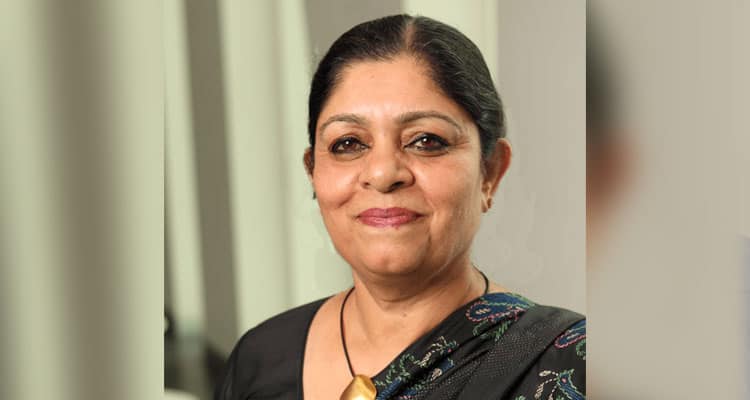On World Health Day 2023, Poonam Muttreja, Executive Director, Population Foundation of India emphasises that attainment of universal health coverage is one of the goals of the National Health Policy. The assurance of life, including the means and services that sustain life, are necessary preconditions before individuals can contribute to society and nation. However, India lags in providing health care to people, and to specific population groups such as adolescents and girls
At a joint session of Parliament President Draupadi Murmu stated that a major cause of poverty in India is illness. Her speech echoes the National Health Policy which notes “growing incidences of catastrophic expenditure due to health care costs, which are presently estimated to be one of the major contributors to poverty.”
Attainment of universal health coverage is one of the goals of the National Health Policy. The assurance of life, including the means and services that sustain life, are necessary preconditions before individuals can contribute to society and nation. However, India lags in providing health care to people, and to specific population groups such as adolescents and girls.
Health insurance
Government data says that around 21.9 crore beneficiaries have been “verified” under the Ayushman Bharat Pradhan Mantri – Jan Arogya Yojana (AB PM-JAY) scheme as on January 4, 2023. This is number is much smaller than the number of people the scheme intended to cover. A serious obstacle in the enrolment of people under the scheme is that the eligibility is determined by Census 2011 data. Reports indicate that a large number of people who cannot afford private treatment are not in the list of eligible persons, and that even card-holders sometimes find it difficult to get treatment.
A report by NITI Ayog revealed that while 20 per cent of India’s population is covered by social or private health insurance, at least 30 per cent around 40 crore individuals are not covered by any health insurance scheme, whether supported by the government or the private sector.
Health expenditure
A review of the Current Health Expenditures (CHE) report for 2018-19 (published in 2022) shows that while the Union Government’s share is Rs 63,256 crores (11.71 per cent) and the State Governments’ share is Rs 106,056 crores (19.63 per cent), households’ share (including insurance contributions) is about Rs 324,717 crores which is about five times of the government expense. A large part of this ‘catastrophic’ out-of-pocket expenditure incurred by individuals and families for medical care is pushing people towards extreme poverty.
Public health
Public health in India remains an underachiever. Rural-urban disparities exist across states. Consider the fact that in this day and age, deliveries in rural India are largely facilitated by nurses and midwives. Young people (10-24 years) are not served adequately either through information or services. This group constitutes around 30 per cent of India’s population (Census 2011). This next generation will contribute to the national economy and the country needs to make adequate investments in their health, education, and skilling. The social determinants of health outcomes are as critical as health services. Following the lifecycle approach in health care different services needed at different stages of life will help in addressing the current gaps.
Digital health
India is already moving in the direction of digitising health care at a good pace in spite of the many challenges. India launched the National Digital Health Mission in August 2020 which plans storing and information on patients in databases, which can be pulled out as per need. Tools such as Digi Doctor, health facility register and personal health records are part of the standard practices in several countries and will help in improving services.
Put money where it is needed
The National Health Policy envisaged a budget of 2.5 per cent of the GDP. However, the government’s allocation is 1.4 per cent of the GDP, which is quite low. According to UNICEF’s State of the World’s Children report, while developed countries like the United Kingdom (7.9 per cent) and the United States (8.5 per cent) spend more than many others on health, Asian countries like China (3 per cent), Bhutan (2.4 per cent) and Thailand (2.9 per cent) are some of the countries which allocate more than India for health care. It is indeed not an easy task to provide health services to 1.4 billion people. However, with adequate budgeting, it is a possibility. COVID-19 has taught the world that health infrastructure and services are critical in ensuring the survival of people.
While I do hope the world has seen its last pandemic, we know that may not be. A number of other diseases are acquiring an epidemic-like character – chronic and non-communicable diseases as well as age-related complications as India turns a shade older with the changing age profile of its population. We need to make a giant leap towards better health care by putting in resources and commitment. In the good health of India’s people lies its future.
- Advertisement -


